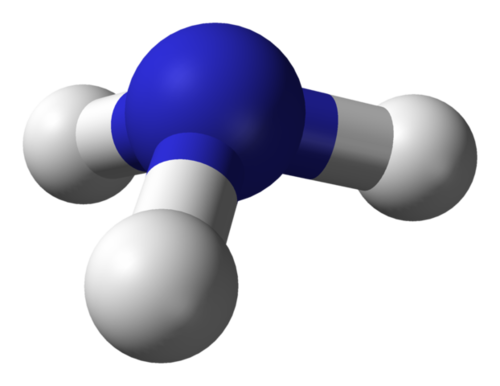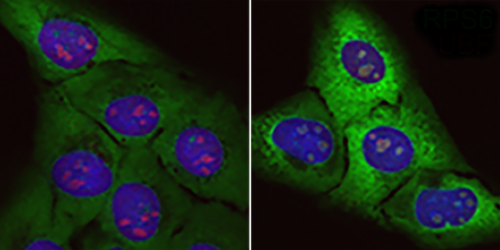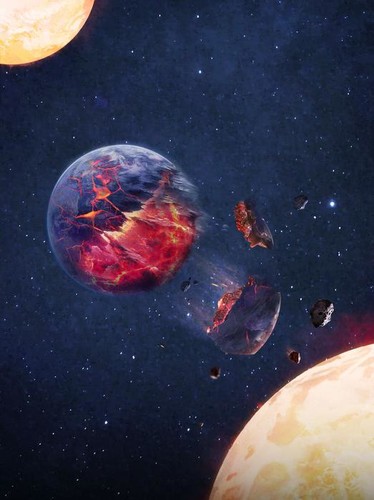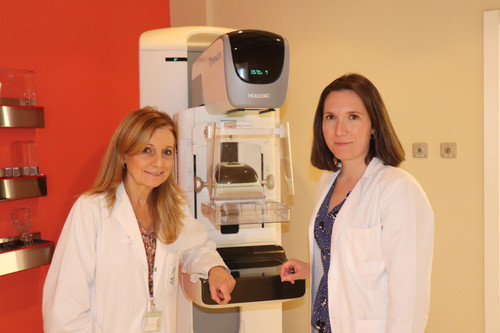Científicos desarrollan un catalizador para incrementar la sostenibilidad en la producción de amoníaco
|
El amoníaco se emplea en las más diversas ramas de la cadena productiva, y es una de las moléculas más sintetizadas en el mundo. El método usual de producción de esta sustancia, conocido como “proceso de Haber-Bosch”, requiere alta temperatura y presión, lo que resulta en un gran consumo de energía. Se estima que la producción de amoníaco es responsable del consumo de entre un 1 % y un 2 % de la electricidad global y de un 3 % de las emisiones de dióxido de carbono. |























